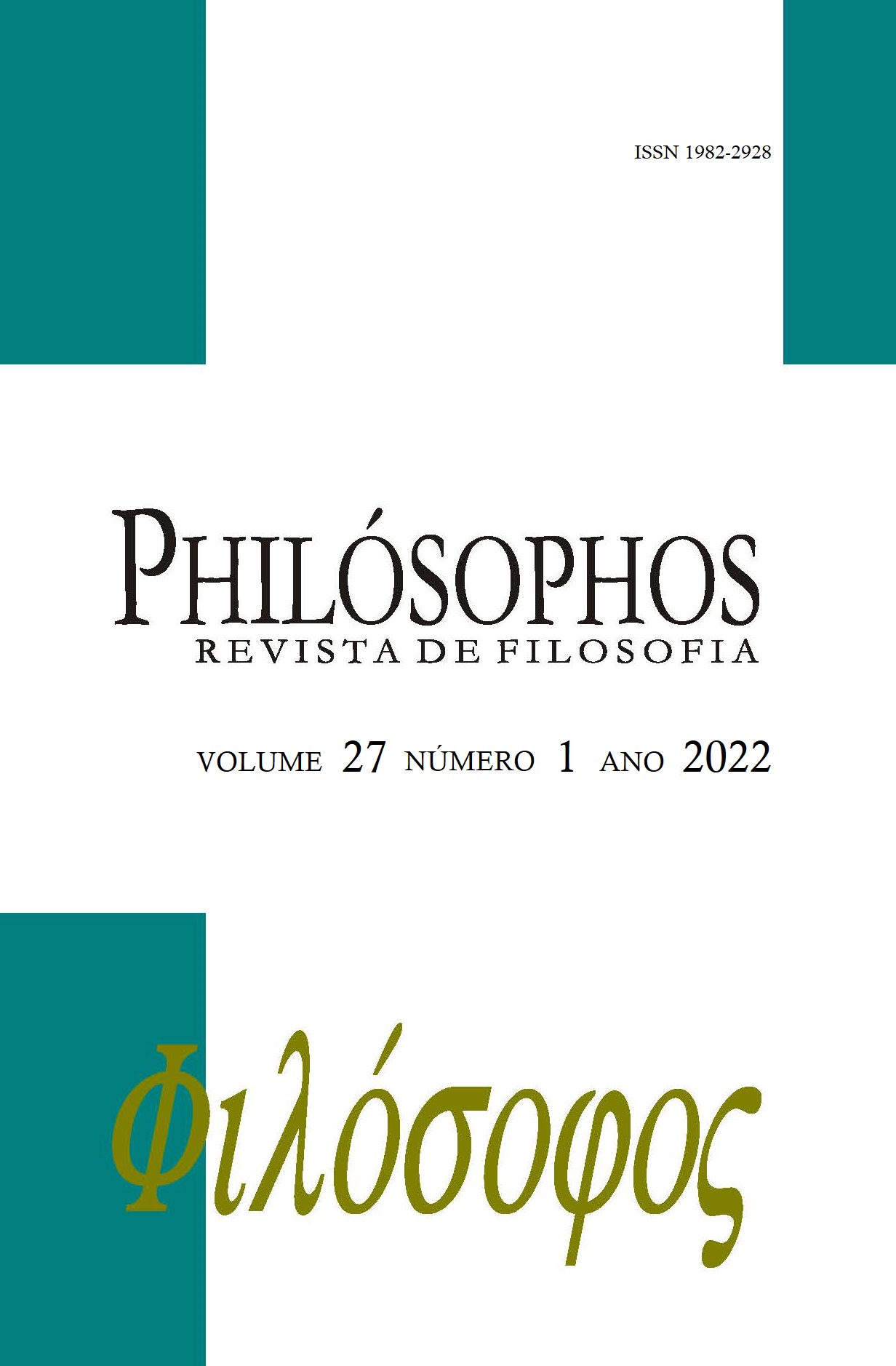A abstração matemática de Tomás de Aquino
DOI:
https://doi.org/10.5216/phi.v27i1.71895Abstract
The present paper deals with the reception of the mathematical practice in the Aristotelian philosophy of Thomas Aquinas. Thomas's Commentary on Boethius' Treatise on the Trinity allows further reflection on this topic. Mainly, Geometry was the paradigm of mathematical practice in the Middle Ages. In both demonstration and mathematical definitions, form is a central concept. That is why Thomas names this mental activity as an abstraction of form. The paper's central thesis is that mathematical abstraction needs to produce a clearly expressed definition, unlike natural definitions, which admit a confusing stage of conceptual apprehension.
Furthermore, the concept of form is patent in the function of the so-called demonstration by formal causality, a demonstrative process proper to mathematical science and dependent on the produced definition. On the other hand, the demonstration proper of natural science presupposes the moving relation of cause and effect and may use concepts in a more confused stage. Finally, I address the notions of abstraction of form and intelligible matter, considering this detailed analysis of the use of the term form.
Downloads
Downloads
Published
How to Cite
Issue
Section
License
Copyright (c) 2022 Philósophos a journal of philosophy

This work is licensed under a Creative Commons Attribution-NonCommercial-NoDerivatives 4.0 International License.
Authors who publish in this journal agree to the following terms:
- Authors retain copyright and grant the journal right of first publication, with the work simultaneously licensed under a Creative Commons Attribution License that allows others to share the work with an acknowledgement of the work's authorship and initial publication in this journal.
- Authors are authorized to enter into separate, additional contractual arrangements for the non-exclusive distribution of the journal's published version of the work (e.g., publishing in an institutional repository or as a book chapter), with an acknowledgement of its authorship and initial publication in this journal.















